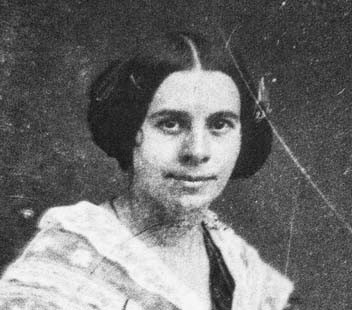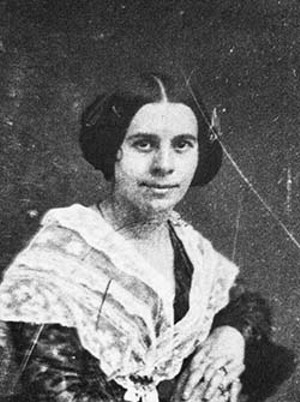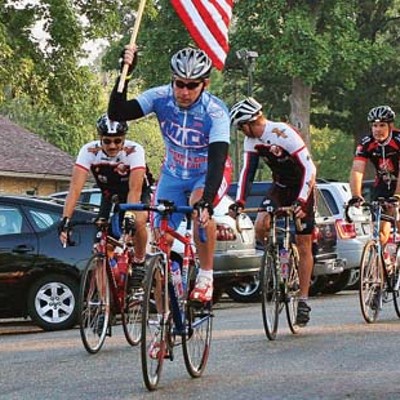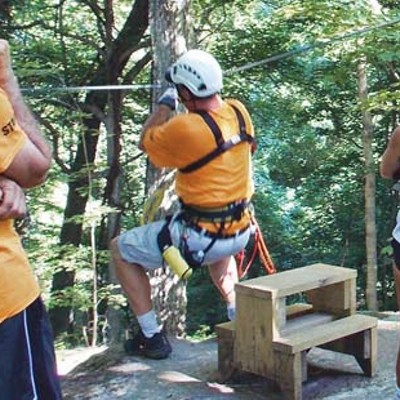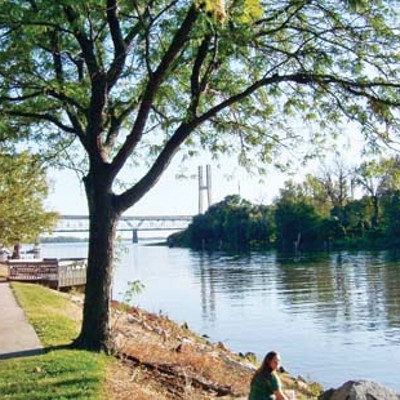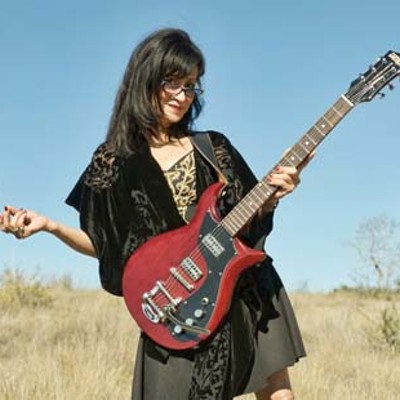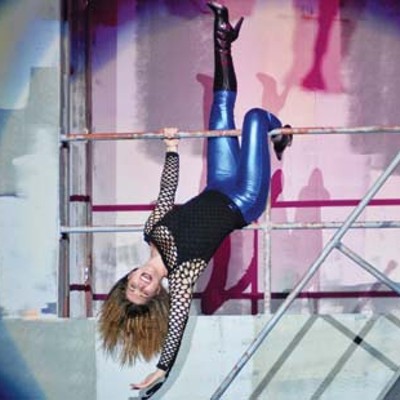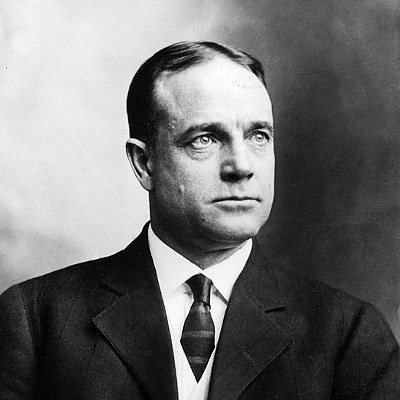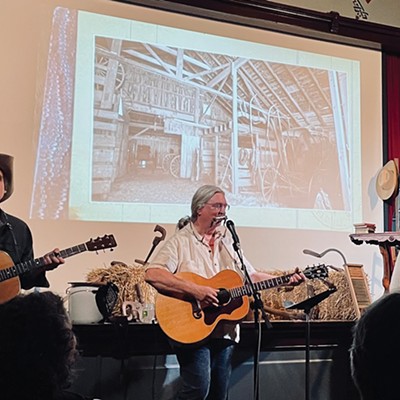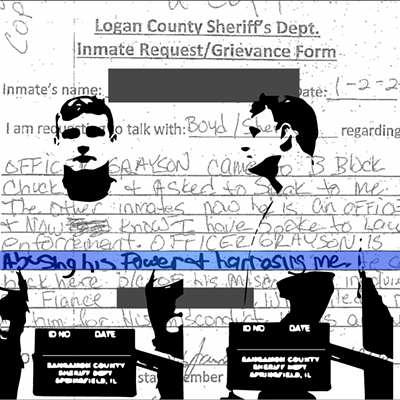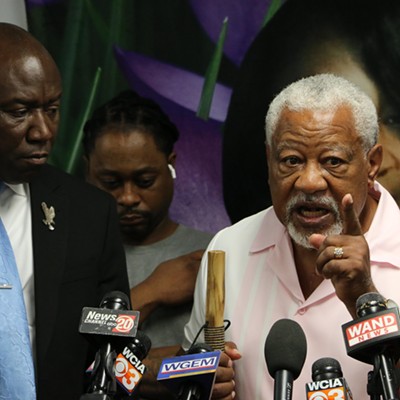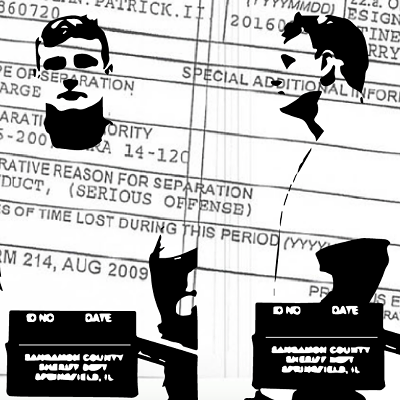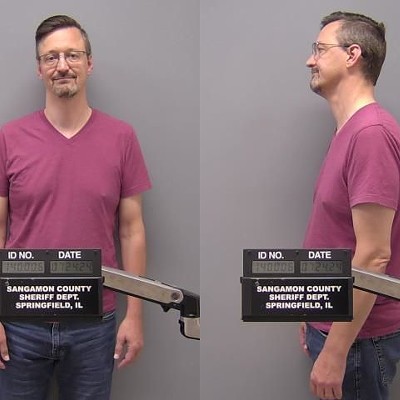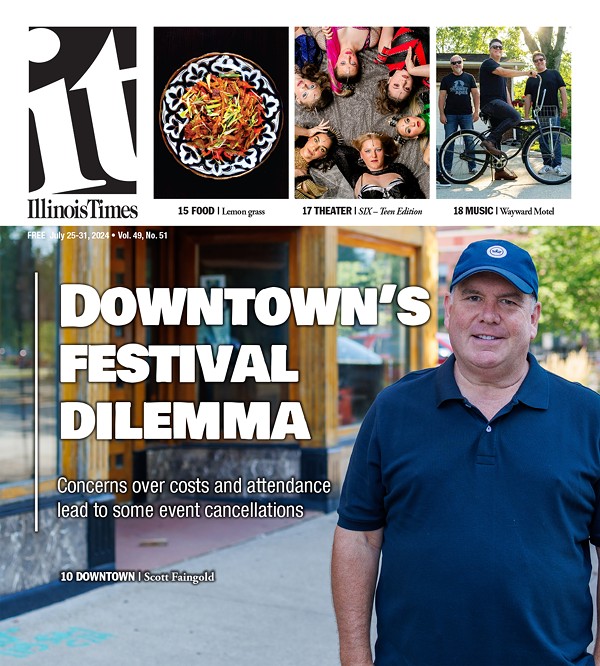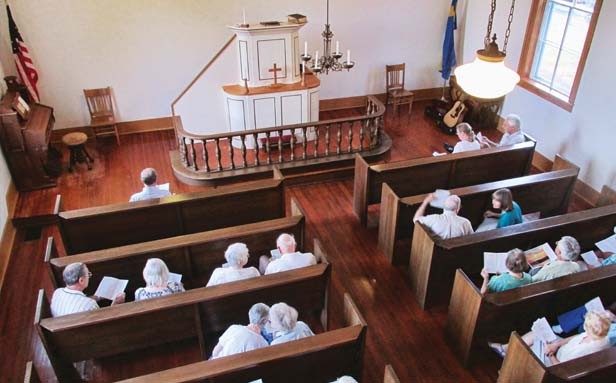
Though her name is more associated with nursery furniture today, Jenny Lind was without a doubt the most remarkable singer of her day, a celebrity of celebrities whose admirers included Queen Victoria of England, Harvard’s Edward Everett, poet Henry Wadsworth Longfellow, orators Daniel Webster and Henry Clay, and German composer Felix Mendelssohn, who called Jenny the greatest artist he had ever met.
Born Johanna Maria Lind in Stockholm, Sweden, on Oct. 6, 1820, Jenny was the illegitimate child of unfit parents, who at the very first opportunity sent their infant to live with strangers in the countryside. Although circumstances returned Jenny to her mother at the age of three, their true relationship was unknown to the future opera star until she was nine, when she was heard singing to her cat in a window box and offered an audition with the Swedish National Theatre. Even at that young age, Jenny’s voice turned heads and she was offered a working scholarship to the theater, at which time her parents had to reveal their daughter’s paternity. Soon afterward, Jenny’s parents married, but only after discovering their daughter’s potential for a steady income. Over the next eight years Jenny appeared in nearly 300 plays, operas, and other performances staged by the National Theatre. But her meteoric rise was just beginning.
After her 18th birthday Jenny was invited to sing in Germany, where her reputation grew year after year. She sang in countless operas of the day by Mozart, Verdi and Donizetti, and was received in the Swedish and English court. Everywhere she went, Jenny Lind was loved for her voice, but also for her generosity. Seldom did she sing without giving away a substantial portion of her receipts to local charities and personal appeals. Stories abound about her benevolence, modesty and Christian virtue. After studying for a year with perhaps the greatest vocal teacher of the 19th century, Manuel Garcia in France, Jenny was invited to perform all over Europe, eventually in England, where, in 1849, she was approached by representatives of P. T. “Humbug” Barnum, the infamous impresario more noted for his sideshow hucksterism than for his operatic ear.
The Swedish Nightingale and her entourage arrived in America on Sept. 1, 1850. Barnum’s promotion and Jenny’s reputation brought an estimated 30,000 people to greet her at the New York pier. Individual tickets were auctioned off, the first selling for more than $200 – that’s 1850 money. In Boston the “first-seat” auction raised more than $600, although the average ticket price was between $3 and $6. Nevertheless, ticket sales were vigorous and nearly all seats were sold in advance. Not only did Lind receive a large commission to tour America, she received a portion of the ticket sales, which allowed her to invest money at home and to give away a portion of her earnings. In New York alone, she donated more than $10,000 to various charities after her first concert. The donations were itemized and printed in the New York papers, which only encouraged others to ask her for money.
When Jenny sang in Boston in June of 1851, she received a visit from Reverend Lars Paul Esbjörn, pastor of a flock of Swedish immigrants who had settled in the small Henry County, Ill., town of Andover, north of Galesburg. According to Rev. Esbjörn’s diary, he met with Lind for more than an hour on June 26. When he left he had a personal check for $1,500 from Lind to build a new brick church for his congregation. Most of Lind’s money paid for the church’s construction, interrupted only by a cholera epidemic in Andover between 1851 and 1853. Some of the lumber her money purchased was used to build coffins for the victims, estimated at more than 100, who were buried in a common grave in the cemetery at Andover, which fronts what is now called the “Jenny Lind Chapel.”
Although her travels took her up the Mississippi and Ohio rivers, Jenny Lind never actually set foot in Illinois. She gave at least five concerts in a mudhole city called St. Louis, and saw the city of Cairo from the Ohio River (a fellow traveler called it “a filthier and more woebegone place” than its namesake in Egypt, a “lamentable spectacle of dilapidation and the rot”), but she never made it as far as Andover. Nor did she make it to Chicago, yet she gave at least $1,000 to help build a Protestant Episcopal Church for a Swedish congregation in that city, and purchased a silver communion service, valued at $1,500 in its day, for another Chicago congregation that had been swindled out of its money.

Lind never made it to Minneapolis, Minn., either, although, an elementary school there is named for her, as are towns in western Arkansas (near Fort Smith) and Jenny Lind, Calif., which has a high school name for her. Lind never returned to the United States after her first tour. She married her pianist, Otto Goldschmidt, who was nine years her junior, retired from the stage and settled down to raise a family in England. She died of cancer at age 67 in 1887.
Andover, Ill., however, is unique in that the Jenny Lind Chapel not only memorializes its benefactor, it honors her with special concerts, vesper services in the summer and community events tied to Swedish holidays, such as the annual Hogmassa (last Sunday in September). The chapel also houses a small Jenny Lind museum in the basement where paintings of the Swedish Nightingale, lithographs, copies of her programs, letters and other memorabilia can be seen.
“She was truly a rock star of her generation,” says Ron Peterson, a member of the Jenny Lind Chapel Foundation, which maintains the building and grounds, and protects its small endowment from the quirky economy. If you’re ever in Henry County, Peterson would be pleased to show you around Andover and to tell you the history of this town transformed by a Nightingale’s song.
William Furry is the executive director of the Illinois State Historical Society and a former editor and staff writer for Illinois Times. In his spare time he plays with Thistle n’ Thyme, a Celtic music trio that performs the “Jenny Lind Polka” upon special request.

